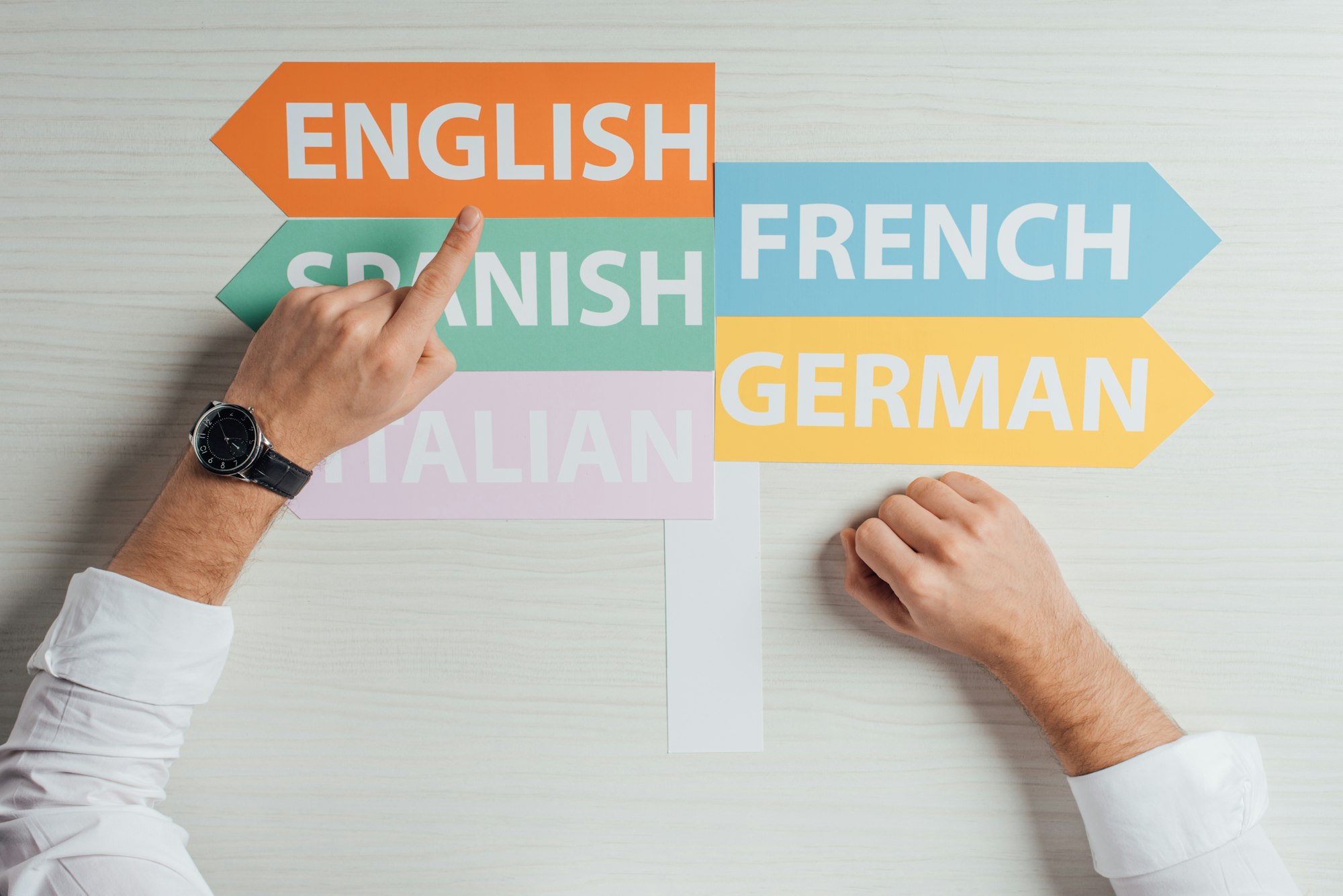Language is more than just a means of communication; it is a fundamental aspect of human identity and cultural heritage. Across the globe, languages serve as vehicles for expressing traditions, values, and worldviews, shaping the way we perceive ourselves and the world around us. In this exploration, we delve into the intricate connection between language and identity, examining how language both reflects and shapes our cultural heritage and sense of belonging.
1. Language as a Cultural Mirror
Language serves as a mirror reflecting the unique cultural identity of a community or group. Through vocabulary, grammar, and linguistic nuances, languages encode the values, beliefs, and practices of their speakers, providing insights into their history, worldview, and way of life. From the rhythmic cadences of poetry to the intricate structures of grammar, each language embodies the essence of its speakers’ cultural heritage, preserving traditions and knowledge passed down through generations.
2. Language and Social Identity
Language plays a central role in shaping social identity, influencing how individuals perceive themselves and are perceived by others within their communities. Linguistic markers such as accent, dialect, and vocabulary can signal belonging to a particular group or community, fostering a sense of solidarity and connection among speakers. Language also serves as a form of cultural capital, influencing social status, access to resources, and opportunities for advancement within society.
3. Language Preservation and Revitalization
In the face of globalization and cultural homogenization, many indigenous and minority languages are at risk of extinction, threatening the loss of valuable cultural heritage and knowledge. Efforts to preserve and revitalize endangered languages are essential for safeguarding linguistic diversity and ensuring the survival of unique cultural identities. Language revitalization initiatives, such as language immersion programs, community language schools, and digital language resources, empower speakers to reclaim their linguistic heritage and pass it on to future generations.
4. Language and Intercultural Communication
Language serves as a bridge connecting people from different cultural backgrounds and facilitating intercultural communication and understanding. Multilingualism enables individuals to navigate diverse social and cultural contexts, fostering empathy, respect, and appreciation for cultural differences. By embracing linguistic diversity and learning from one another’s languages and cultures, individuals can build connections, break down barriers, and forge a more inclusive and harmonious global community.
5. Language as a Source of Empowerment
For many communities, language is not only a source of cultural pride but also a tool for empowerment and social change. Through language, marginalized and oppressed groups can assert their identity, reclaim their voice, and advocate for their rights and interests. Language revitalization movements, linguistic activism, and efforts to promote linguistic diversity in education and media empower speakers to assert their linguistic and cultural rights, challenge linguistic hegemony, and build more inclusive and equitable societies.
Conclusion
Language is a powerful force that shapes our identity, connects us to our cultural heritage, and fosters intercultural understanding and cooperation. By recognizing the intricate connection between language and identity, we can celebrate linguistic diversity, promote cultural heritage preservation, and build more inclusive and equitable societies where all voices are heard and valued. So let us embrace the richness of language, honor the diversity of linguistic heritage, and work together to create a world where every language and culture is respected and celebrated.










